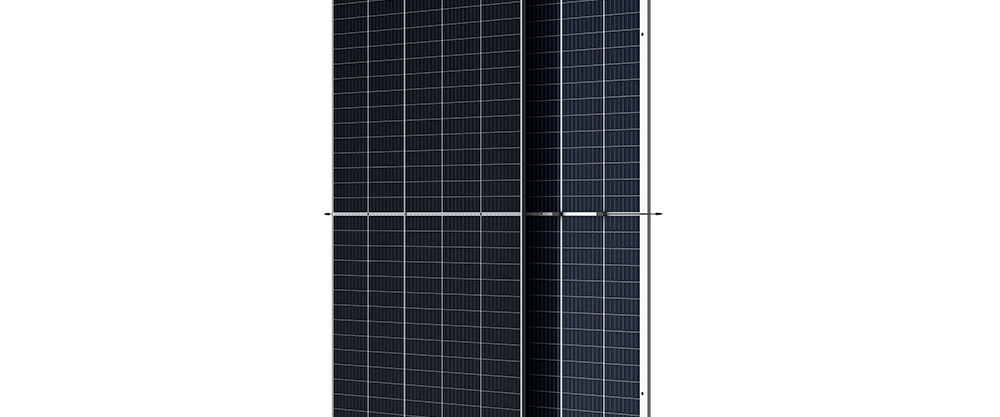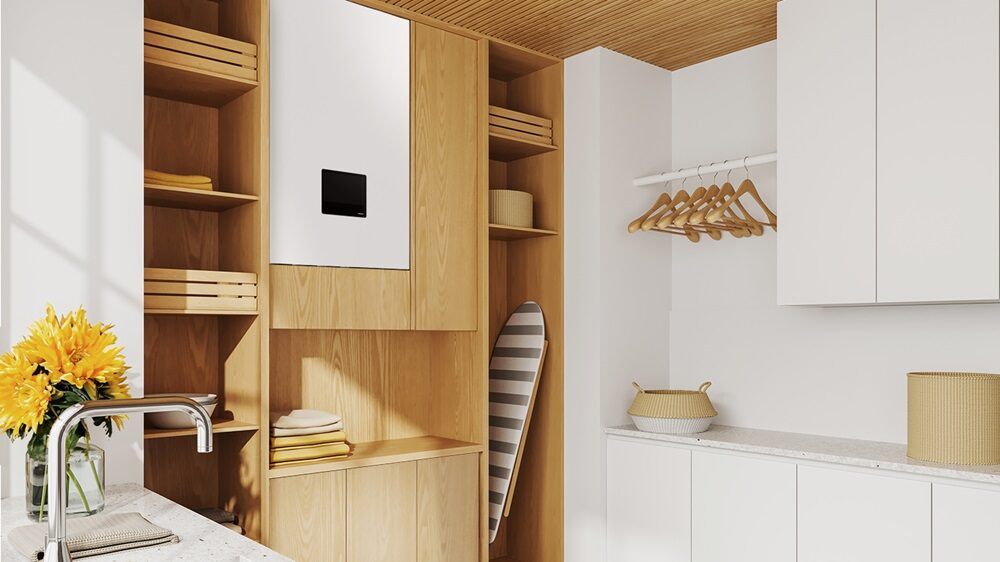With the introduction of different sizes for silicon wafer and subsequent development of new module formats and designs based on these, 2020 has seen the industry divide into two ‘camps’ largely promoting either Zhonghuan Semiconductor’s 210mm wafer or the 182mm product produced by Longi.
The larger formats certainly offer cost optimizations in manufacturing, and at project level module makers are promising their customers significantly lower Levelized cost of electricity (LCOE). Though both formats will likely be widely available for the next couple of years at least, data showing an advantage one way or the other will be valuable in determining the industry’s future direction.
In one of the first third-party studies comparing these different formats, consultants at DNV GL were invited by Trina Solar to evaluate the performance of its Vertex modules, which utilize the 210mm wafer.
LCOE analysis
The consultancy modeled the performance of the Vertex modules, as well as others based on 166mm and 182mm formats. The simulation was based on a 100 MW system comprising glass-glass bifacial modules mounted on single-axis, one-in-portrait trackers, connected via string inverters. Simulations were conducted based on climate conditions at sites in Southern Spain and Texas in the U.S., with cost calculations that also factor in local project costs and electricity tariffs.
DNV GL’s model shows that both the 182mm and 210mm products do offer lower electricity costs compared to the 166mm product. Based on the site in Spain, the initial investment was 2.9% lower with the 182mm product, and 3.4% lower with Trina’s Vertex module. And this brought down the LCOE by 2.5% and 2.8%, respectively. Results for the site in Texas were similar, with Capex falling 2.8% for the 182mm and 3.6% for the 210, resulting in 3.0% and 3.5% lower LCOE.
Trina solar puts these results down to the ‘low voltage high string power’ design of its modules, allowing more modules per string. DNV GL’s simulation calculated 27 modules per string for both the 166mm and 182mm products, and 35 for the 210mm.
The consultancy further noted that its analysis here is based on systems featuring mainstream tracker and inverter components already available on the market, and that as suppliers continue to optimize their offerings for new module designs, even more significant savings should be possible at project level.
This content is protected by copyright and may not be reused. If you want to cooperate with us and would like to reuse some of our content, please contact: editors@pv-magazine.com.




1 comment
By submitting this form you agree to pv magazine using your data for the purposes of publishing your comment.
Your personal data will only be disclosed or otherwise transmitted to third parties for the purposes of spam filtering or if this is necessary for technical maintenance of the website. Any other transfer to third parties will not take place unless this is justified on the basis of applicable data protection regulations or if pv magazine is legally obliged to do so.
You may revoke this consent at any time with effect for the future, in which case your personal data will be deleted immediately. Otherwise, your data will be deleted if pv magazine has processed your request or the purpose of data storage is fulfilled.
Further information on data privacy can be found in our Data Protection Policy.